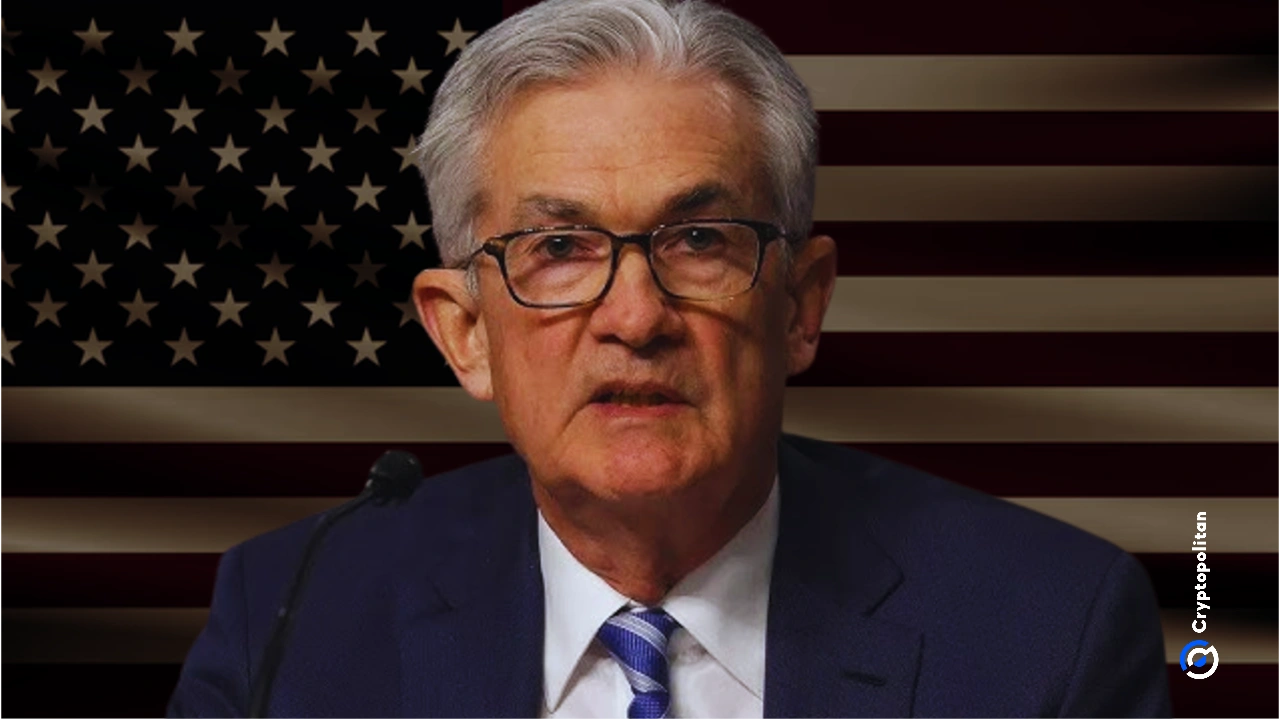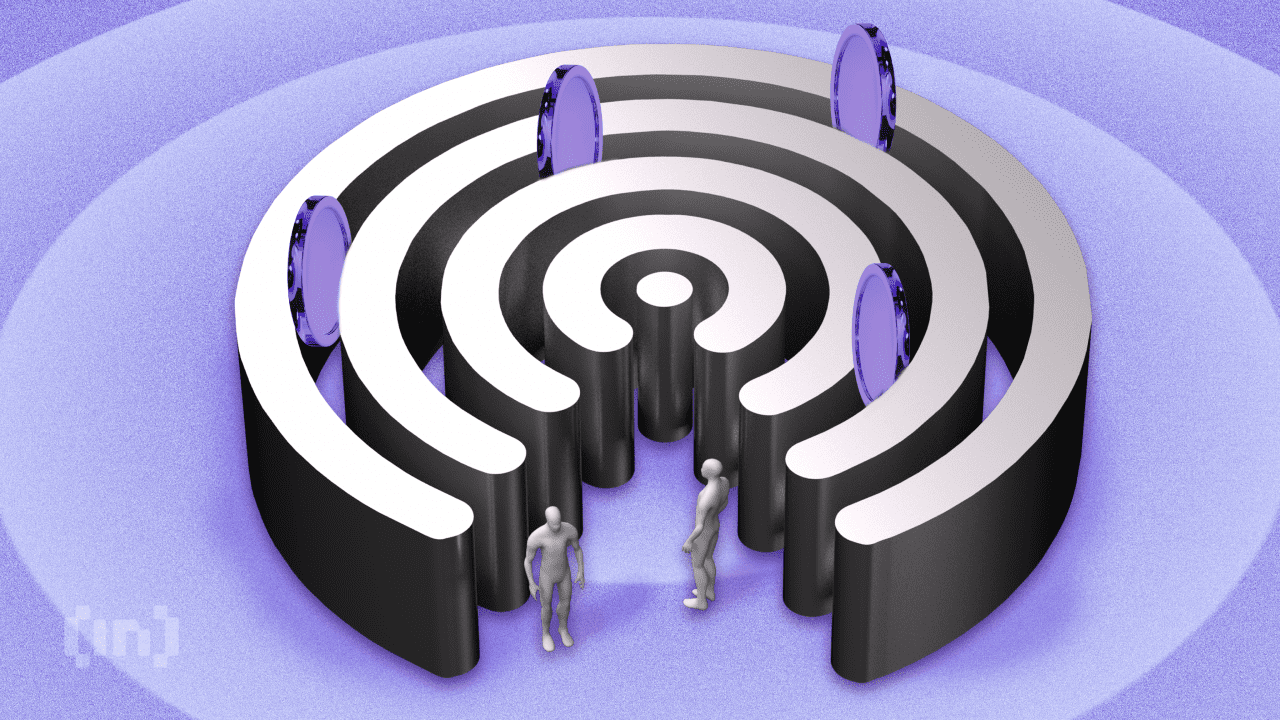
The Federal Reserve cut interest rates by 25 basis points to a target range of 4.25%-4.5%, triggering a sharp sell-off on Wall Street and raising fresh questions about inflation. The S&P 500 nosedived, erasing earlier gains, while inflation expectations climbed.
The Fed raised its 2025 inflation forecast from 2.1% to 2.5% and slashed its planned rate cuts from three to two. The cut was divisive. Cleveland Fed President Beth Hammack voted against it, calling for no cuts at all. Her dissent highlights the central bank’s struggle to balance inflation control with market stability.
Alongside the cut, the Fed updated its quarterly projections, including the infamous “dot plots,” which chart where policymakers expect rates to go in the next three years. The dot plots now show only two rate cuts in 2025, down from the three predicted in September.
Markets tumble as yields rise
Treasury yields, particularly on the two-year note, surged. The two-year yield, which reacts sharply to Fed policy changes, rose eight basis points to 4.33%, its highest level since late November. The 10-year yield followed, climbing to 4.43%.
Chairman Jerome Powell made it clear that future decisions would be “data-dependent.” Markets, which had priced in a more aggressive series of cuts in 2025, quickly adjusted to the reality of a slower pace.
Swap contracts tied to Fed policy decisions now reflect fewer rate cuts next year than previously expected, leaving investors grappling with tighter financial conditions.
The Fed’s update on its long-term neutral rate—now pegged at 3%, up from 2.9%—also rattled markets. A higher neutral rate means the central bank sees less need to slash rates dramatically, even if the economy softens. That’s a tough pill for markets already jittery about inflation and sluggish growth prospects.
Inflation creeps higher
Inflation is back in focus, and the numbers aren’t encouraging. The inflation gauge the Fed uses to guide policy rose to 2.3% in October. November’s reading, due Friday, is expected to hit 2.5%, with core prices potentially climbing to 2.9%.
This uptick complicates the Fed’s task. Higher inflation eats into consumer spending power, pushes borrowing costs higher, and could reignite wage pressures.
The Fed’s revised inflation projections reflect these challenges. Policymakers now expect inflation to stay higher for longer, even as they cut rates cautiously. The Fed’s shift aligns more closely with market expectations, which have been trending higher since September.
But for traders, this isn’t good news—it means tighter financial conditions and slower easing in 2025. Bond investors are particularly worried. Rising yields have already led to losses for those holding older bonds, as prices drop when yields climb.
From Zero to Web3 Pro: Your 90-Day Career Launch Plan










